Nothing is more delightful than picking colored eggs in a basket from beautiful chicken breeds.
Blue, green, olive, and dark brown shades are some popular appearances of rainbow eggs, which you can use as decor and for many DIY projects.
You can also eat them like white-shelled eggs. Let’s curate the best chicken breeds for colored eggs.

1. Ameraucana
Ameraucana chickens are medium-sized birds in several colors, such as black, blue, lavender, splash, and wheaten.
They have a compact body and broad chest with upright tails weighing 5.5 – 6.5 lbs.
You can tell them by highlighting their pea combs, muffs, and beards. These dual-purpose birds are calm, friendly, flighty, curious, gentle, and docile.
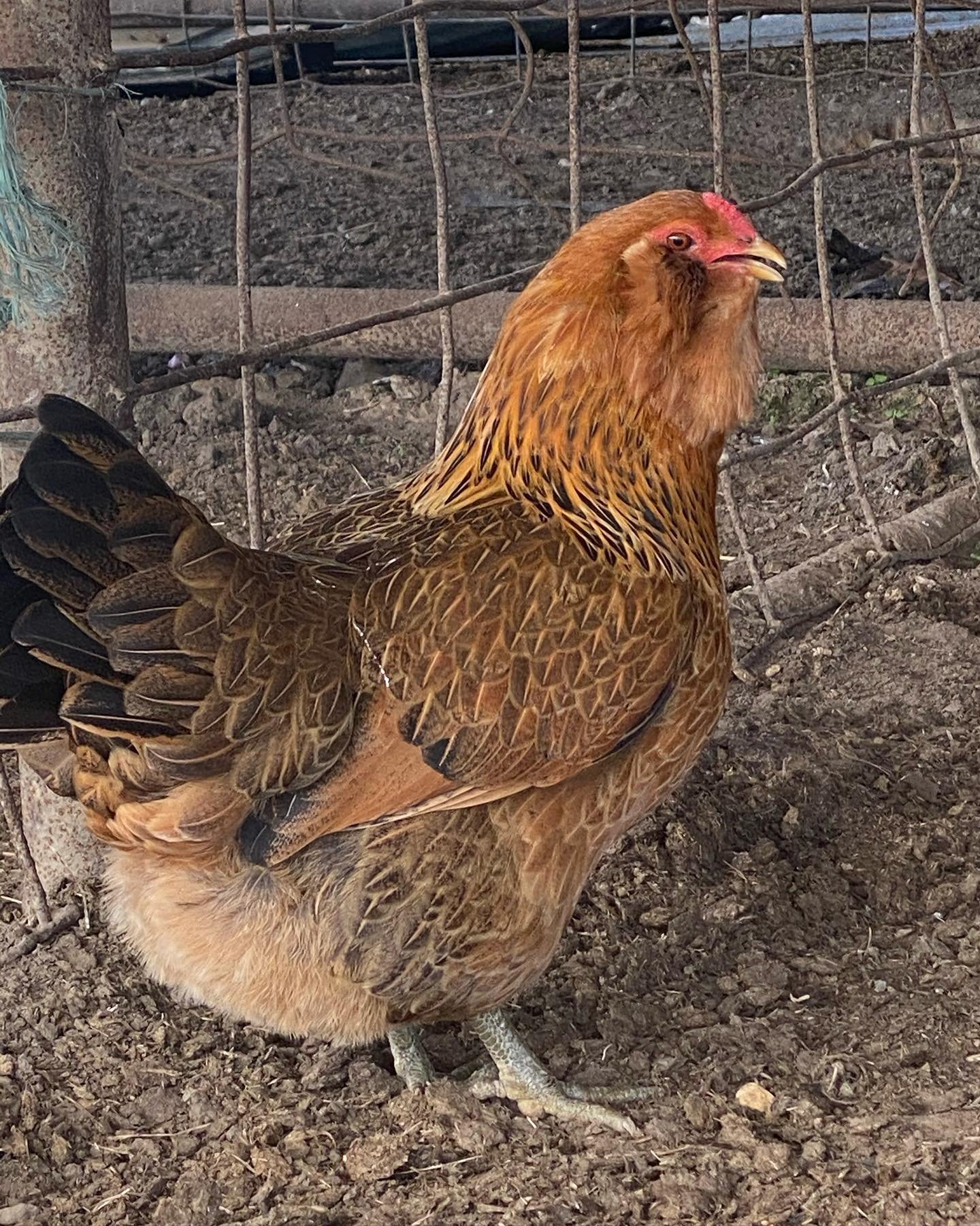
Many keepers admire Ameraucana for their foraging skills and lighter weight. This helps them make a low-cost chicken.
Ameraucana pullets start laying at the age of 20-24 weeks.
They are known for bluish eggs and are expected to give 4 eggs per week, up to 200 eggs per year.
Chickens are hardy birds for both heat and cold climates, so you can raise them in various places.
Egg Color: Blue
Egg Production: 150-200 eggs per year
Temperament: Friendly, docile, and great for beginners
Best For: Families, small homesteads, and backyard flocks
2. Araucana
This breed is known for having no tail.
Araucana have rather tassels of feathers on their head, particularly expanding on each side. Besides, they possess small pea combs, upright stances, and clean legs.
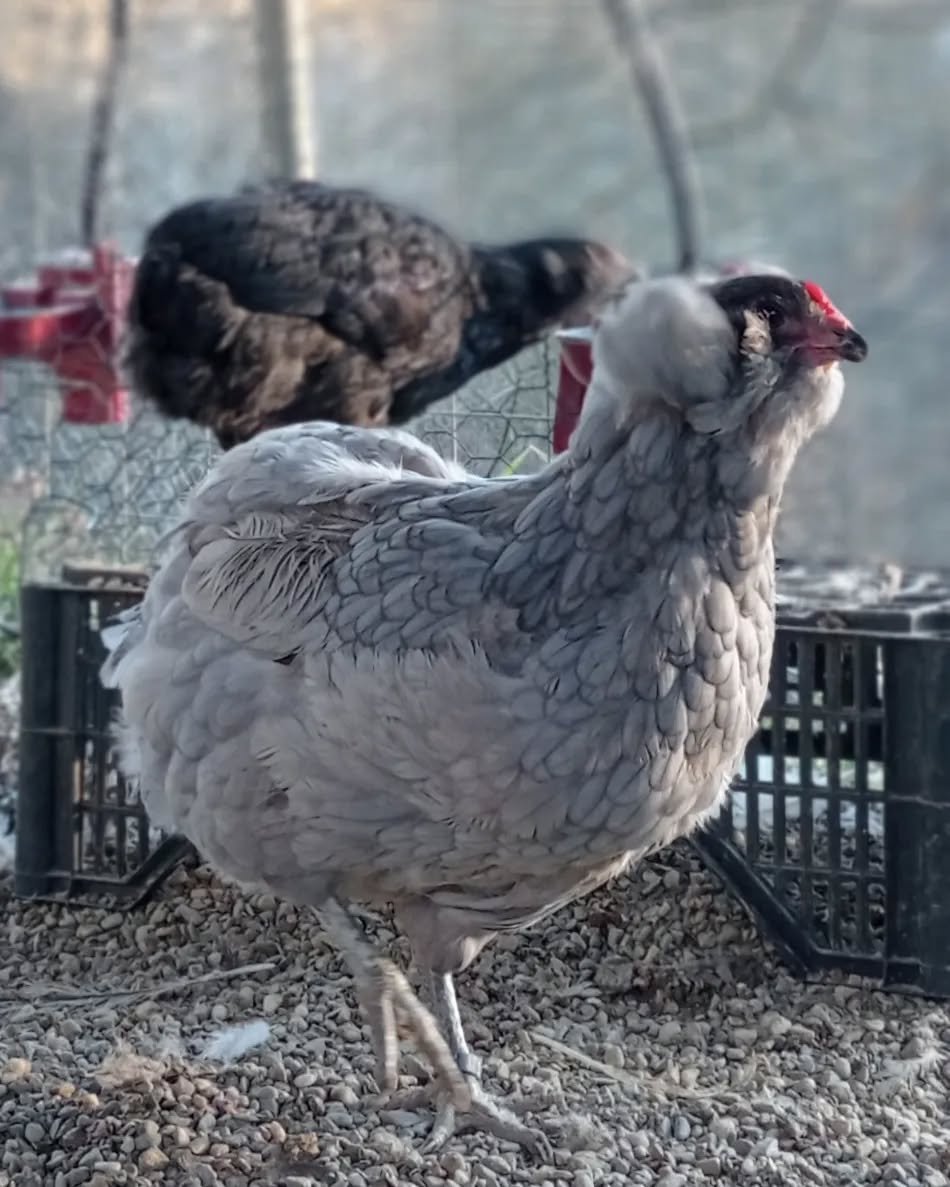
These birds boast a round body and a small head.
Chickens are rumpless in black, white, silver, and golden. Unlike others, they are more active and less docile. This helps birds keep predators away.
They also like foraging for food.
You can expect them to lay around 5 to 6 months.
Araucanas give 150 – 200 turquoise-colored eggs.
Egg Color: Sky blue, green
Egg Production: 180-200 eggs per year
Temperament: Active, independent, and a bit skittish
Best For: Experienced keepers, free-range environments
3. Easter Egger
Easter Eggers are the most popular breed for rainbow eggs.
These are medium-sized and muscular build chickens with a wide back and a full breast.
They are in various colors, such as brown, black, gray, white, red, orange, and yellow. Their legs are bare, with four toes on each foot.
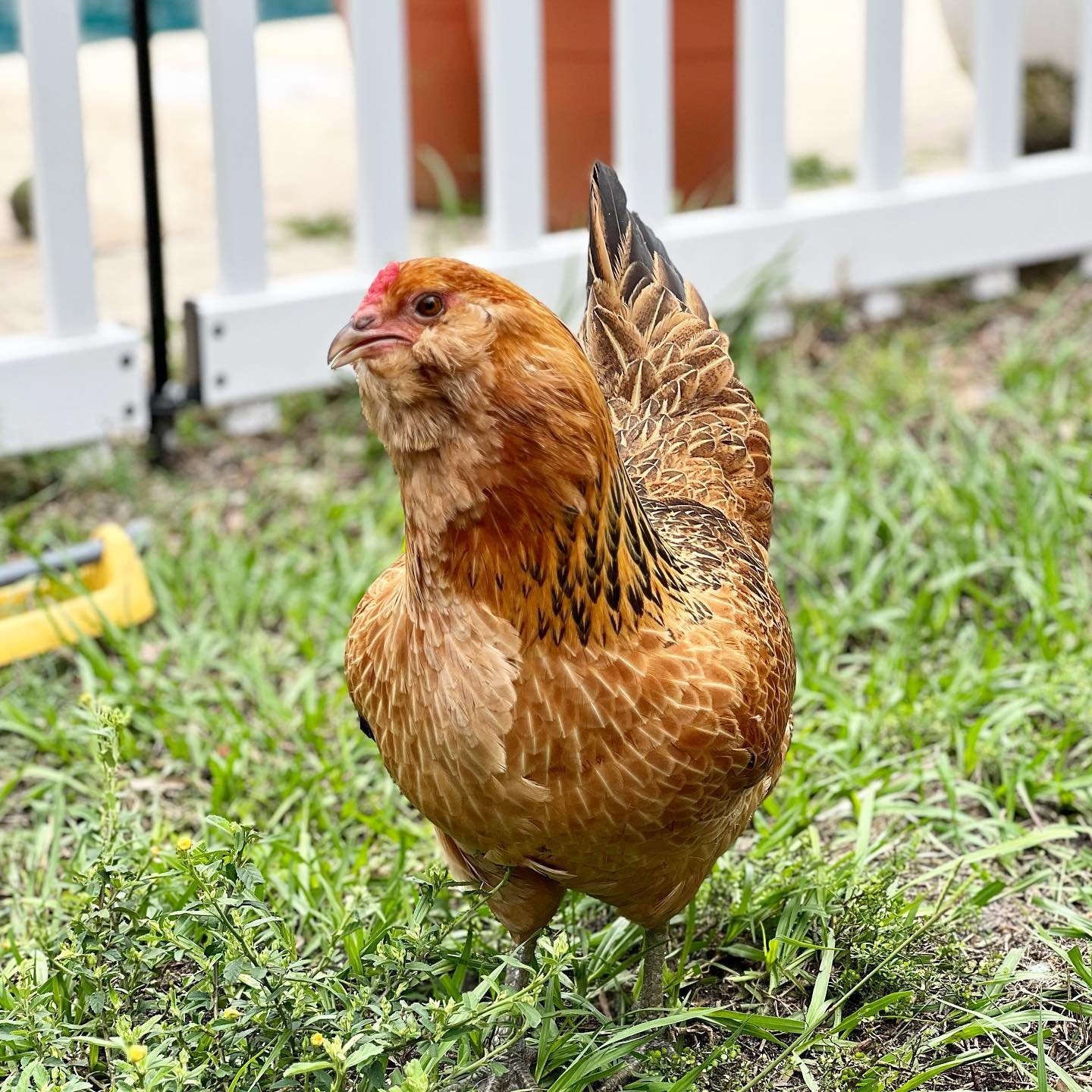
You can identify these birds by a small head with a curved beak.
Chickens also have poofy cheeks and beards with pea combs. Males weigh 5-6 lbs, while females are around 4-5 lbs.
They are friendly, curious, easy to handle, and hardy enough to adapt to various climates.
Keepers can expect Easter Eggers to lay around 5-6 months. They can lay various colored eggs, such as blue, green, brown, white, and other shades.
On average, they give 200-280 eggs per year.
Egg Color: Blue, green, white, pink, tan, and dark brown
Egg Production: 280 eggs per year
Temperament: Curious, friendly, and great with families
Best For: Color variety in egg baskets, backyard keepers
4. Cream Legbar
Cream Legbars are small to medium-sized chickens that have crested heads behind the comb.
They havea streamlined body build with an extended neck and a small head. Their face highlights white ear-lobes, a red single comb, long and thin wattles, and a yellow beak.
These chickens grow around 4.5 – 7 lbs.
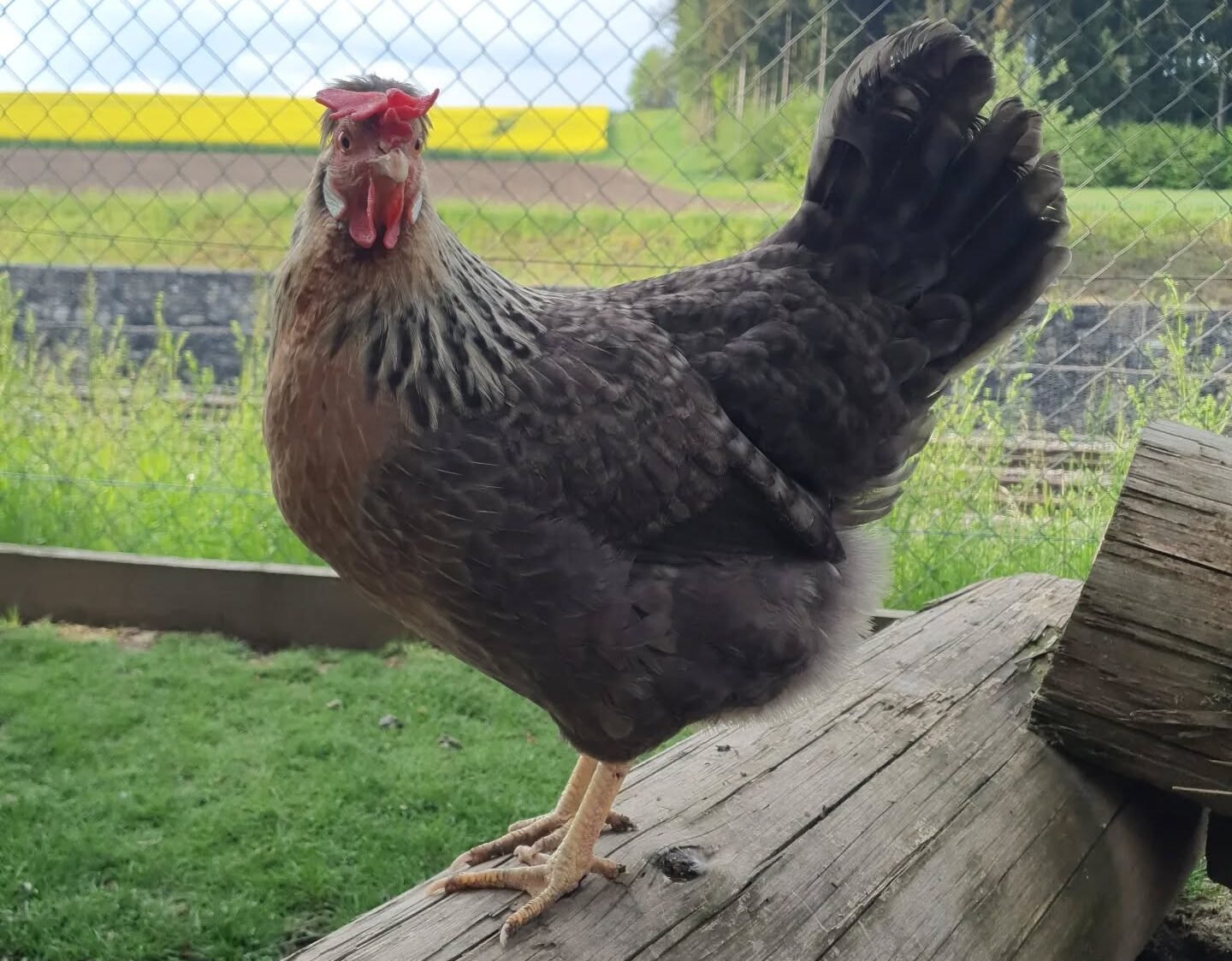
Creams are kept for their docile, friendly, and broody behavior, which makes them easy to handle.
They are active foragers and frugal eaters and do well in free-range systems. Hens start laying between 5 and 6 months and around 200 eggs a year.
Egg Color: Light blue
Egg Production: 180-230 eggs per year
Temperament: Intelligent, alert, and active foragers
Best For: Free-range environments, sustainable farms
5. Olive Egger
As the name suggests, this breed lays olive-green eggs.
Olive Eggers are a hybrid of brown egg layers and blue egg layers. They are available in different shades, including black, blue, gray, brown, and nearly white.
So, they can also make some white and black chickens.
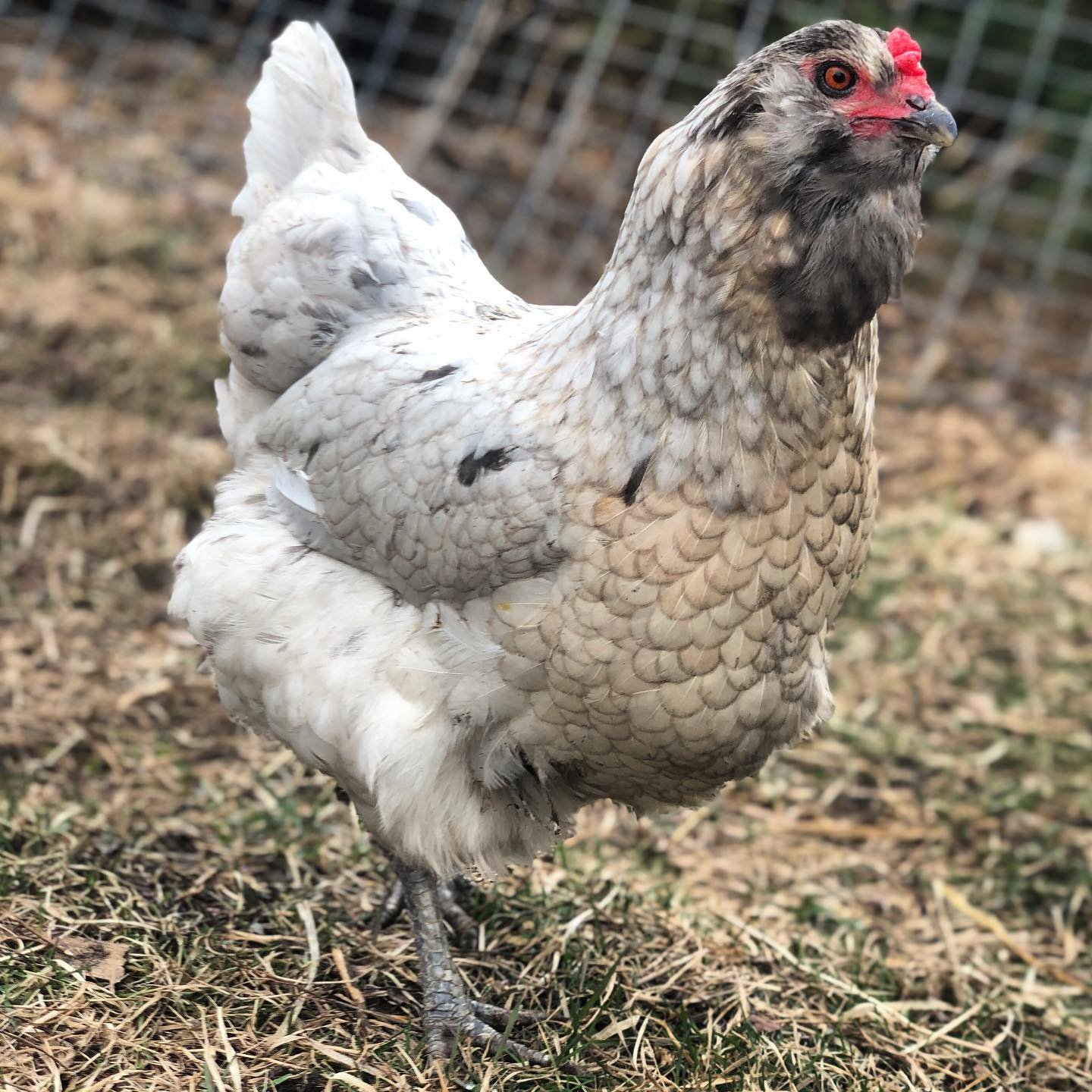
They also have muffs and beards around their faces.
While roosters weigh 6 – 8 lbs, hens range from 5 to 7 lbs.
Chickens are friendly and docile and make great flock companions. They are hardy enough to thrive well in hot summers and cold winters.
Hens start laying between 20 and 28 weeks, 150-200 eggs every year.
You can keep this breed as a dual-purpose bird, i.e., eggs and meat.
Egg Color: Olive green
Egg Production: 180-200 eggs per year
Temperament: Calm, adaptable, and friendly
Best For: Beginners, small farms, and mixed flocks
6. Isbar
Isbar chickens are available in different colors, from blue and black to splash.
They have a single comb and highlight the gold or silver area in the neck and saddle feathers. For example, Blue Isbar hens possess a solid grey color all over their body and shadier spots on their neck and heads.
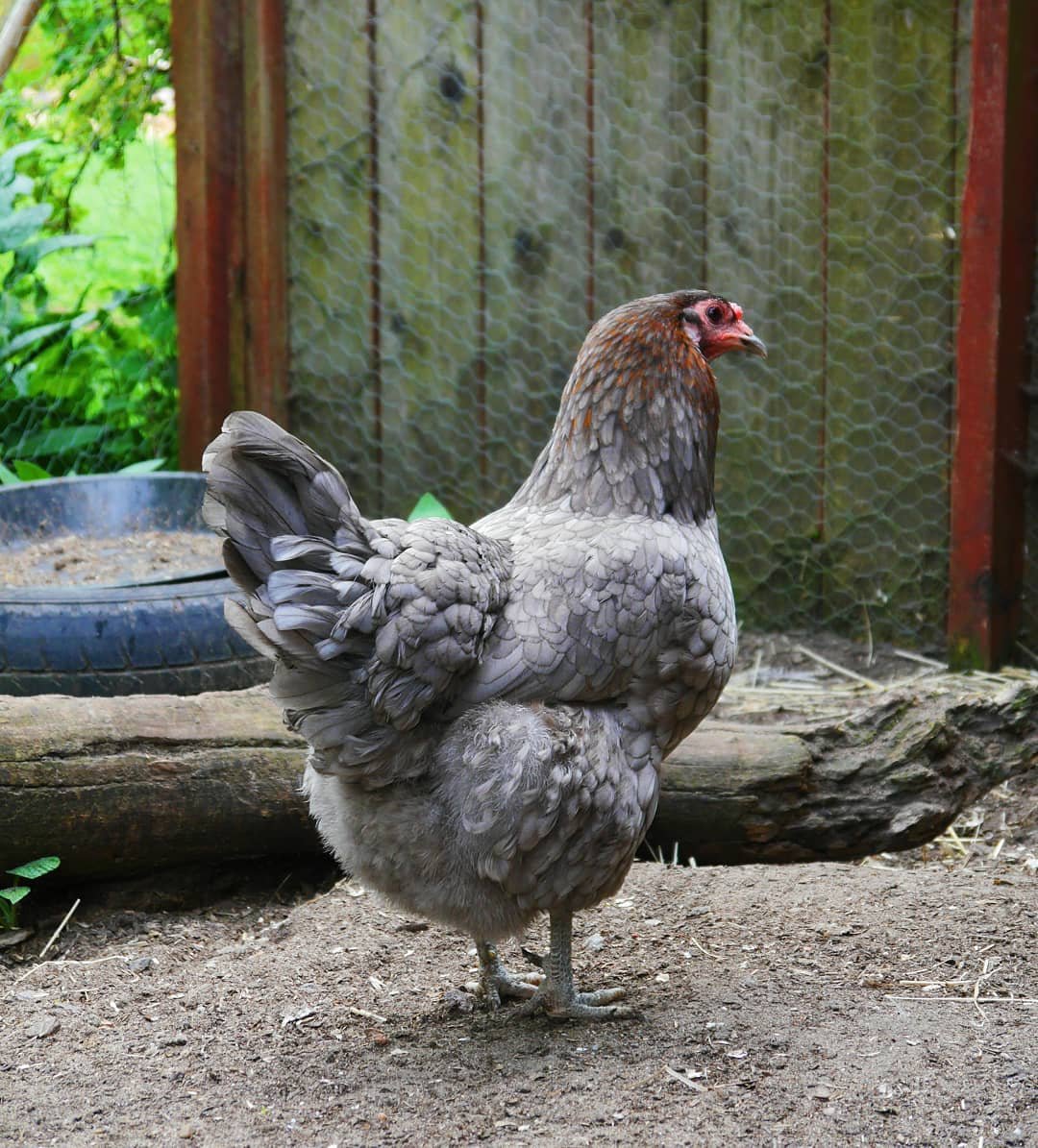
Blue chickens have darker-tipped feathers.
While roosters weigh 7-8 lbs, hens gain 5-6 lbs. They are cold-hardy birds and frugal, and foragers.
They are also calm, docile, and friendly enough to enjoy human interaction.
This is a productive breed that can lay 200-230 green eggs a year. You can expect them to lay eggs around 20-24 weeks.
Egg Color: Mossy green
Egg Production: 200-230 eggs per year
Temperament: Gentle, docile, and good in mixed flocks
Best For: Those wanting unique green eggs, small homesteads
7. Favaucana
Favaucana are beautiful chickens with little muffs, beards.
So, chickens look like old bearded men or chipmunks. They are large in size and have both feathered or nonfeathered shanks and feet.
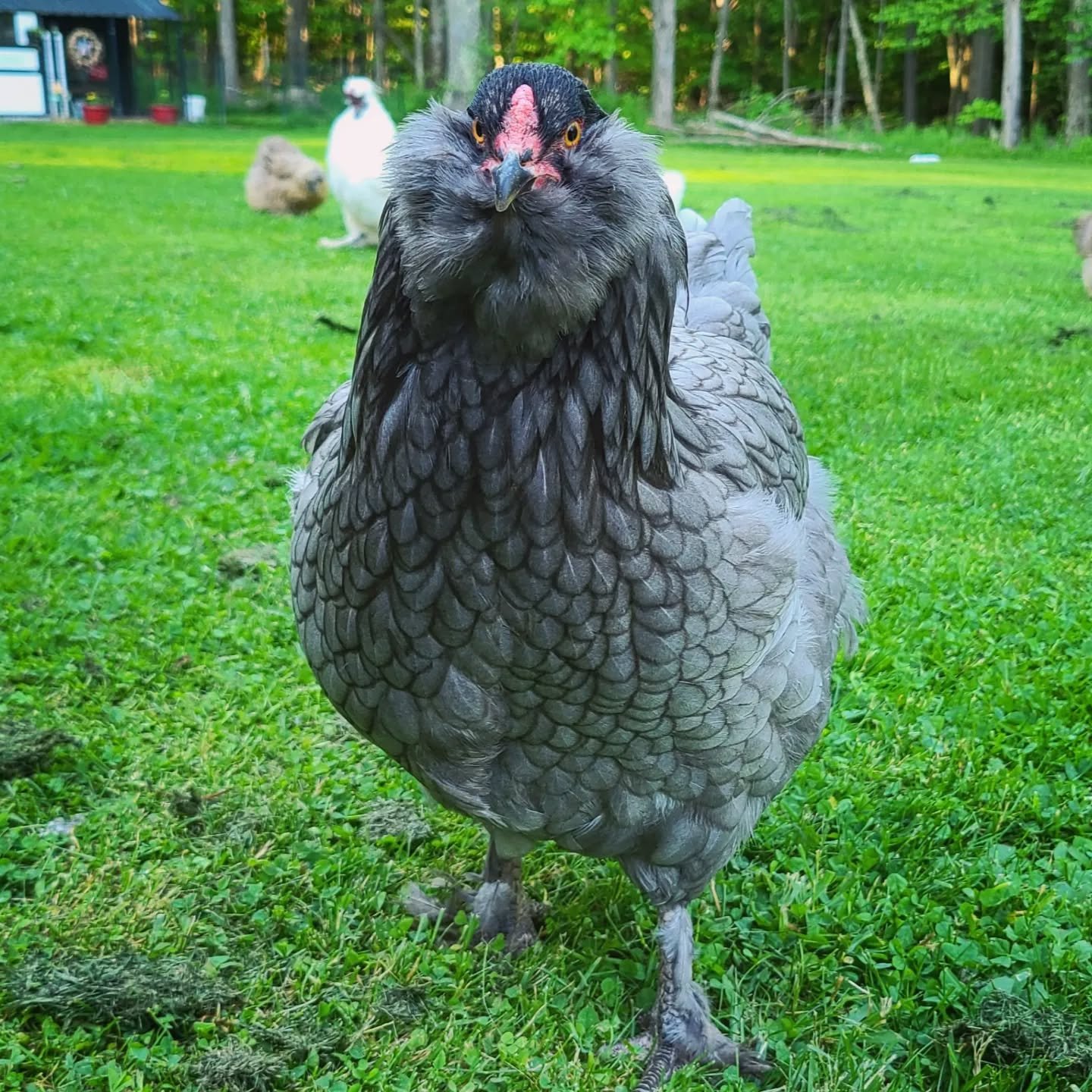
When fully grown, they weigh around 5 – 8 lbs.
These birds are docile, broody, and great foragers.
Keepers expect them to lay eggs around 18 weeks. Also, they lay every day, with 300 eggs per year, and continue to give all through the winter.
Their eggs are considered seafoam green, blue, olive, and tan.
So, you can raise Favaucana for meat and beautiful eggs.
Egg Color: Light blue or mint green
Egg Production: 180-220 eggs per year
Temperament: Friendly, quiet, and cold-hardy
Best For: Cold climates, beginner-friendly flocks
8. Prairie Bluebell Egger
Though Prairie Bluebell Eggers are small birds, they can lay about 240 to 280 medium blue eggs every year. Five eggs a week after 5-6 months!
They are blue, black, splash, and wild type or partridge. The chicks hatch out as gray and gold, frosted white and light smoke.
Blues, black partridge, and splash are the most common birds, but others are not widely available.
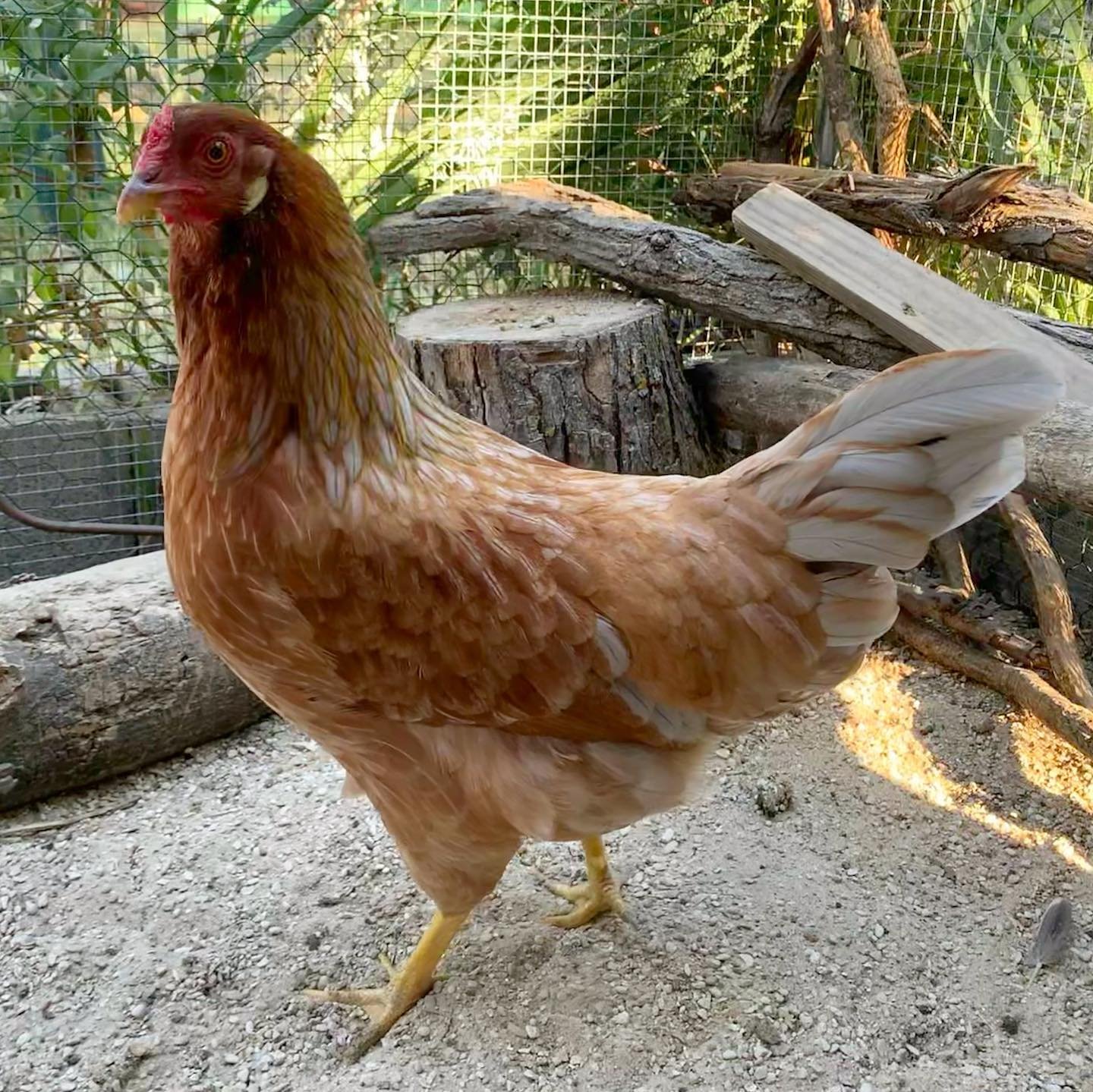
These small, dainty birds weigh 4 – 5 lbs and are crossed with leghorns.
Prairie Bluebell Eggers are active birds that like to forage. Also, they are easygoing and beginner-friendly chickens, which you can keep in both warm and cold environments.
Egg Color: Light blue
Egg Production: 280 eggs per year
Temperament: Active, hardy, and great in various climates
Best For: High egg production, free-range setups
9. Super Blue Egg Layer
Though chicks hatch out yellow, Super Blues Egg Layers grow into white hens with black flecks.
They showcase white with muffs and beard, and some possess light flecks of color.
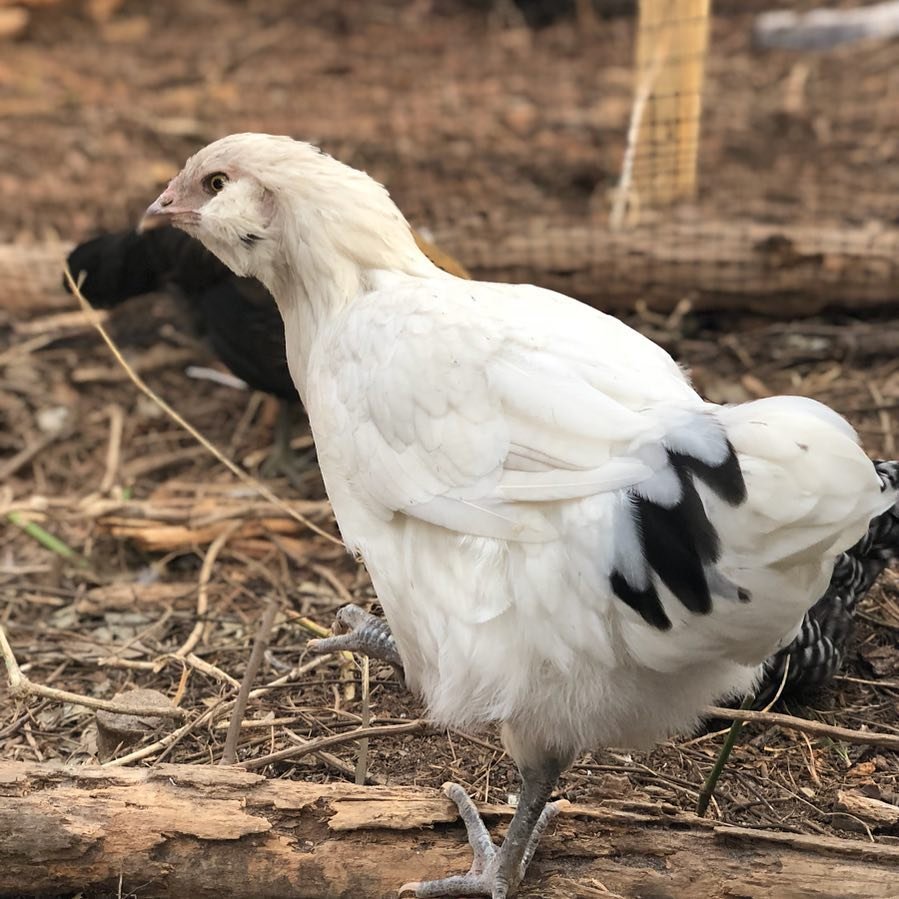
These are small birds, only weighing 4–5 lbs.
Though small, they make prolific layers of large, blue-tinted eggs. You can expect them 5 – 6 eggs per week. They start giving eggs after the age of 22-24 weeks.
Also, their eggs and chicks are more expensive.
However, Super Blue Egg Layers are aggressive and flighty.
Egg Color: Bright blue
Egg Production:
Temperament: Aggressive, flighty
Best For: Unique chicken enthusiasts
10. Whiting True Blue
As the name suggests, Whiting True Blue chickens produce large, true blue eggs. They are prolific layers producing between 280 and 300 eggs per year.
Silver blue, blue red, lemon blue,black-breasted red, black, and others are some varieties of Whiting True Blue.
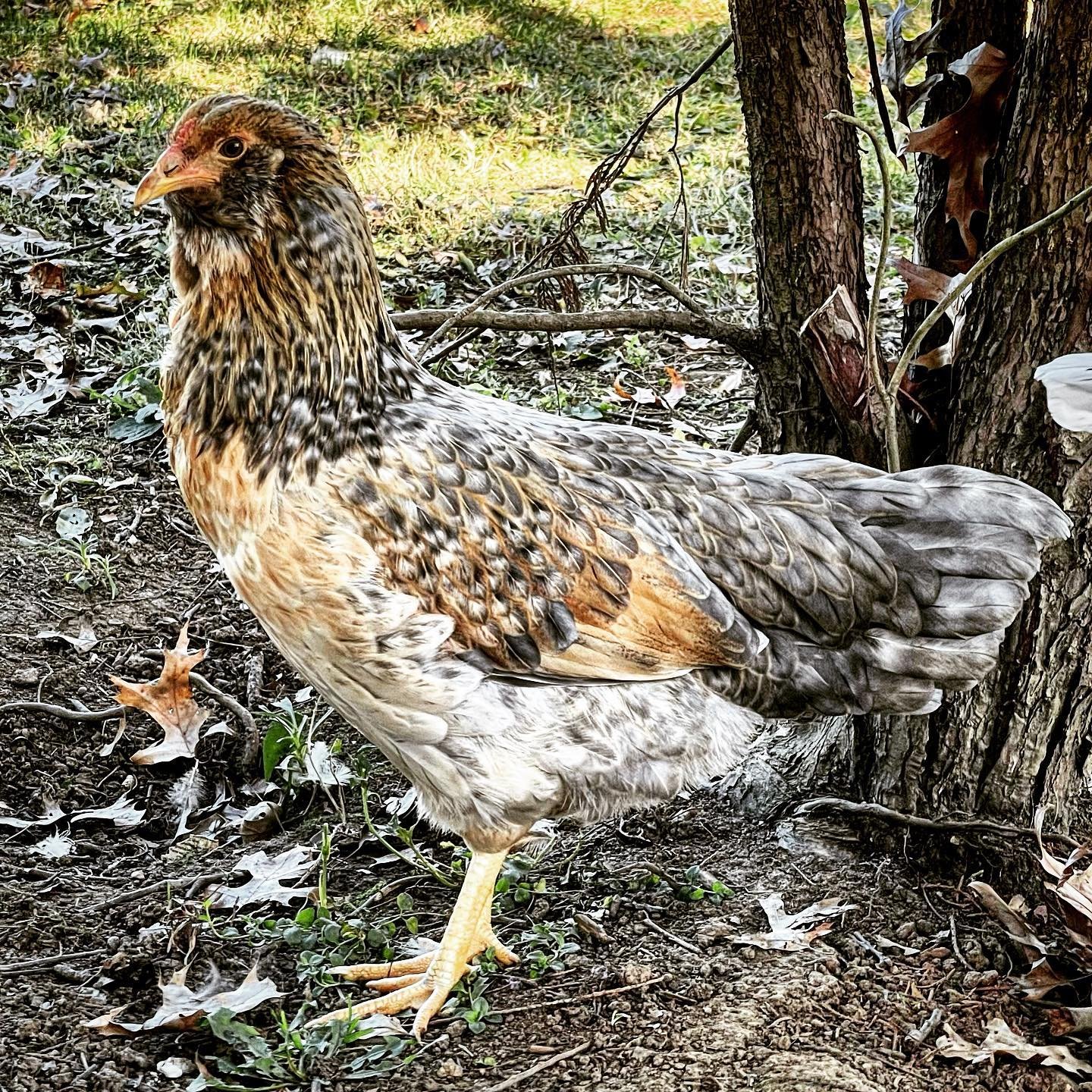
They have muffs and beards, but a few don’t. But most own beautiful big full tails.
These are small to medium birds weighing 5.5 to 7 lbs. Also, they are friendly, hardy birds that tolerate warm conditions very well.
Keepers can raise them well in the free-range system.
Hens breed true for egg color, 5 – 6 eggs per week when they are 5 months old.
Egg Color: Bright blue
Egg Production: 250-300 eggs per year
Temperament: Curious, intelligent, and good foragers
Best For: Free-ranging, high-production flocks
11. Whiting True Green
Whiting True Green is a hybrid breed with reddish to chestnut plumage.
These chickens have a single comb and yellow legs and remain on the light side. The young chicks vary in color from yellow or golden to chestnut or a darker reddish brown.
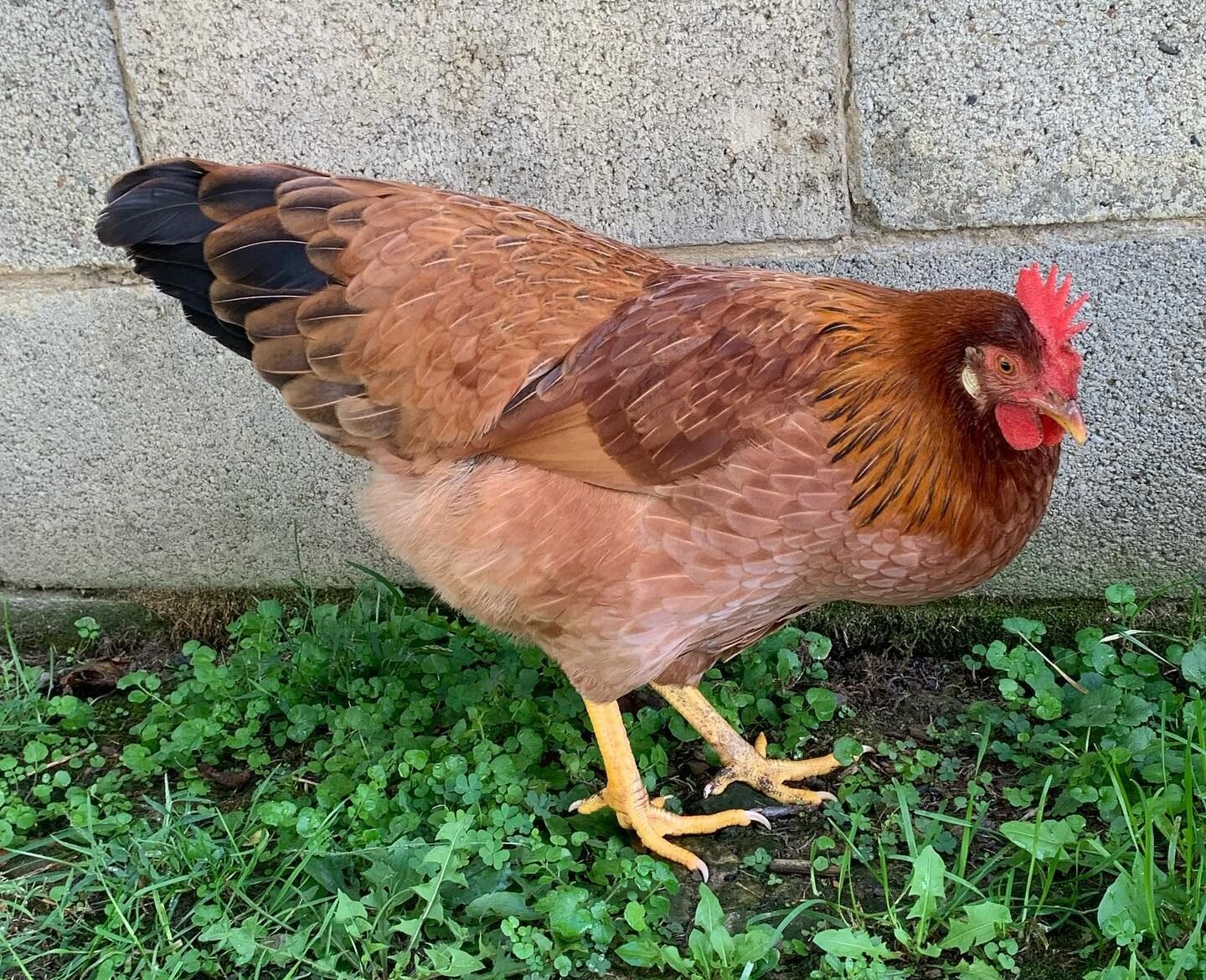
They are medium birds that weigh 4-7 lbs.
The birds make great family breeds and are very winter-hardy. Also, they usually lay 300+ large green or olive egg eggs.
It’s good news that Whiting True Greens have high feed-to-egg conversion.
Hens can lay from 15 to 60 weeks in their life.
Egg Color: Light green
Egg Production: 300-350 eggs per year
Temperament: Friendly, cold-hardy, and adaptable
Best For: Year-round egg production, mixed flocks
12. Marans
Marans are beautiful chickens that have various plumage colors, including Black Copper, Blue Copper, Wheaten, White, and more.
Their feathers are tightly grown and sleek so that the bird looks neat and polished with yellow shanks or toes.
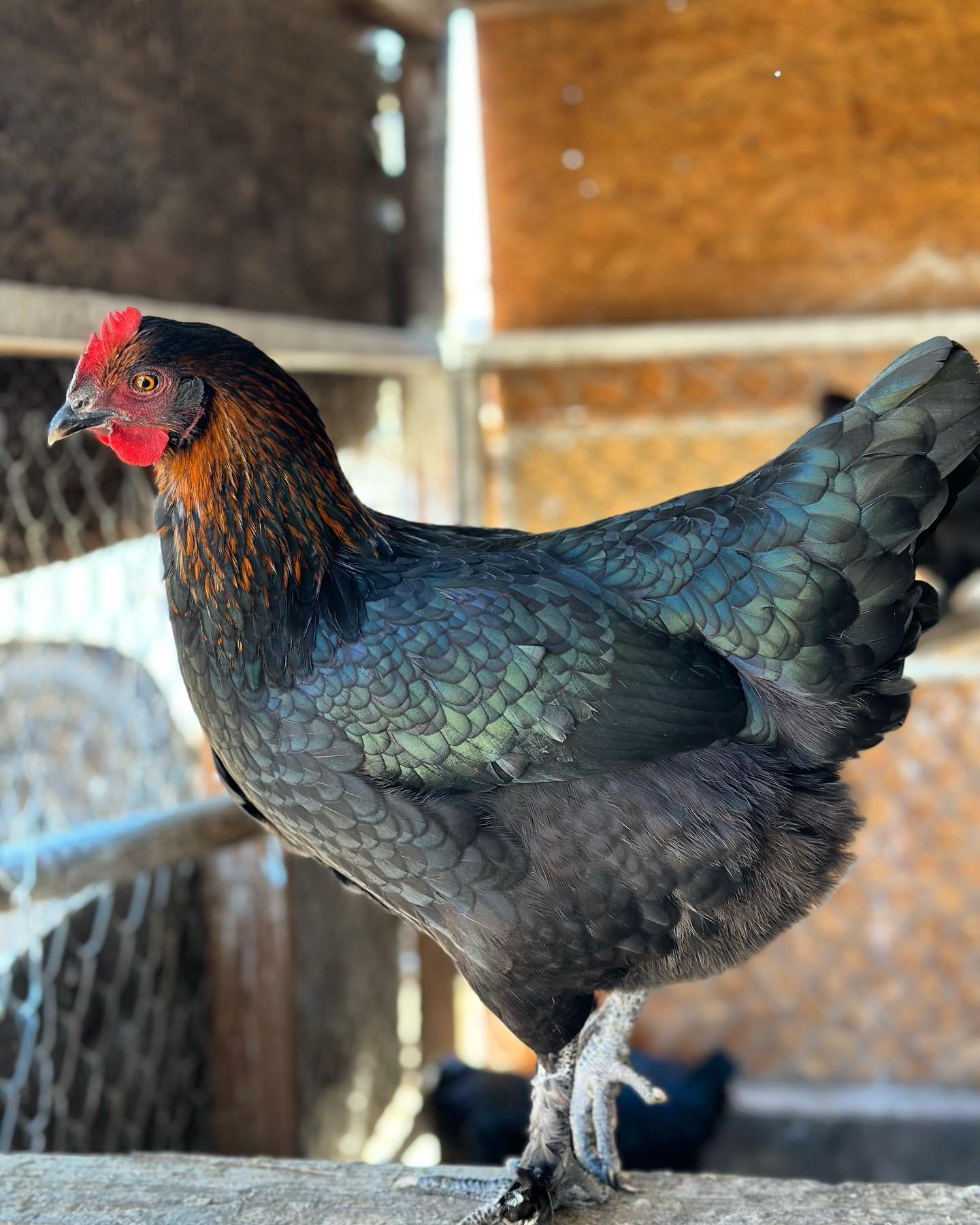
The mature Marans roosters’ weight ranges from 8.5 to 9.5 lbs, while hens grow a maximum of between 6.5 to 8 lbs.
So, it is a dual-purpose chicken breed with white skin meat.
Chickens are decent layers, giving 3 or 4 eggs per week and 150 – 200 eggs yearly. Their eggs are dark red, chocolate-brown eggs. They start giving eggs around 24-26 weeks.
They are also friendly and easy to handle for keepers.
Egg Color: Dark chocolate brown
Egg Production: 150-200 eggs per year
Temperament: Gentle, quiet, and easy to handle
Best For: Small farms, decorative dark eggs
13. Welsummer
Welsummers are light, docile chickens with rustic red and orange plumage. Their original plumage coloring displays a red-and-black partridge pattern.
They are mid-size, upright birds weighing 7-8 lbs for roosters and 5-6 lbs for hens.
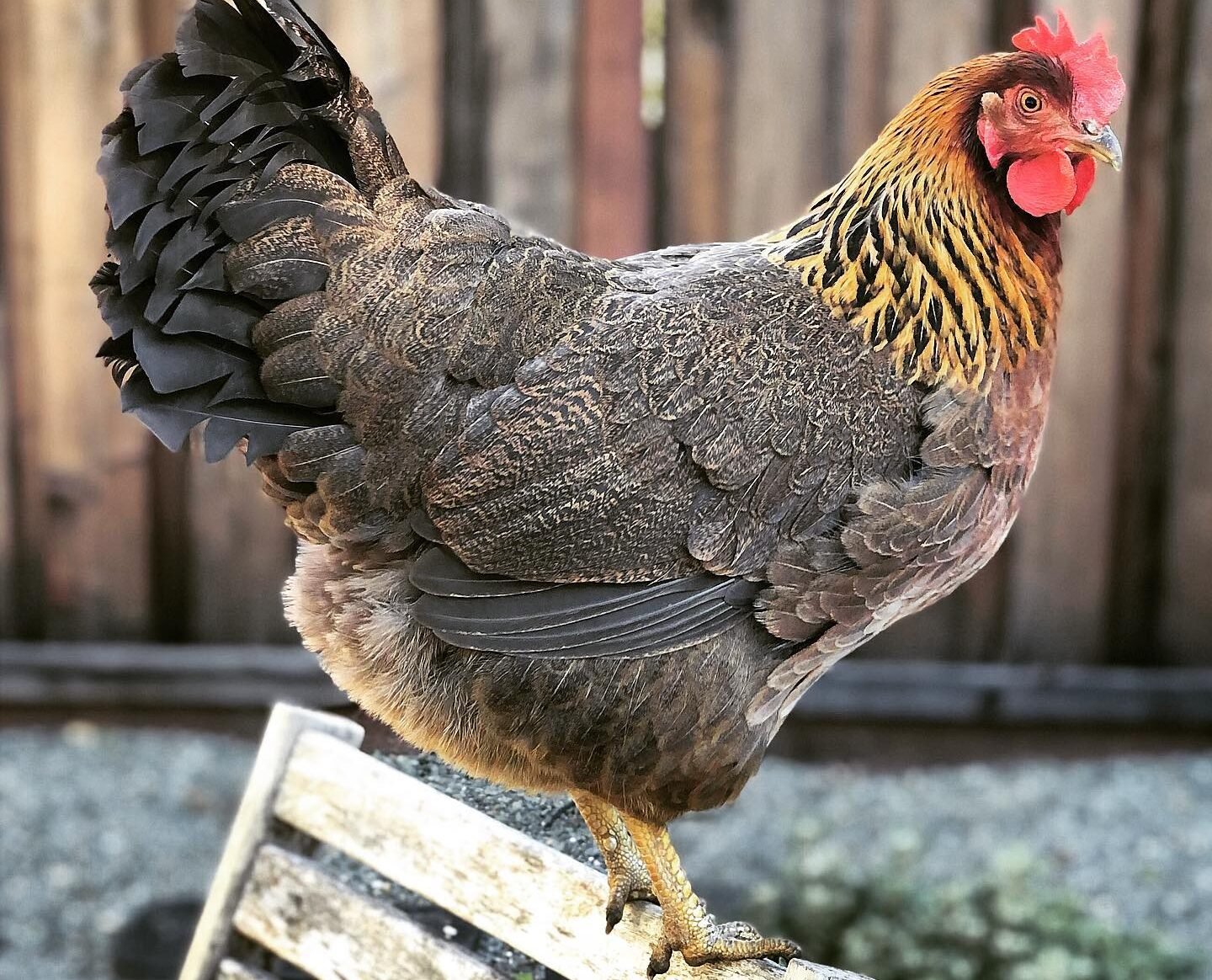
Chickens have full breasts, a broad back, and a large full tail. They own golden-brown heads with a single comb, medium wattles, a short beak, and almond-shaped ear lobes.
These birds display fiery burnt orange hackles, scarlet saddles, and yellow legs.
When the light falls, their beetle black tails have a green sheen. This looks like bars on their wings.
Besides, Welsummer chickens are smart, low-maintenance birds that start laying in 5 to 6 months.
Their eggs are beautiful, deep, large eggs, brown, terracotta-colored eggs. They are often speckled.
You can expect around 250 medium to large eggs per year.
Egg Color: Speckled dark brown
Egg Production: 160-200 eggs per year
Temperament: Intelligent, alert, and independent
Best For: Free-range farms, predator-aware environments
14. Barnevelder
Barnevelders are medium-sized chickens weighing 7-8 lbs for roosters and 5.5 – 6 lbs for hens.
They have a stout and compact body with a broad, full breast and a deep and round abdomen. Birds also highlight a single comb, red earlobes, and strong legs.
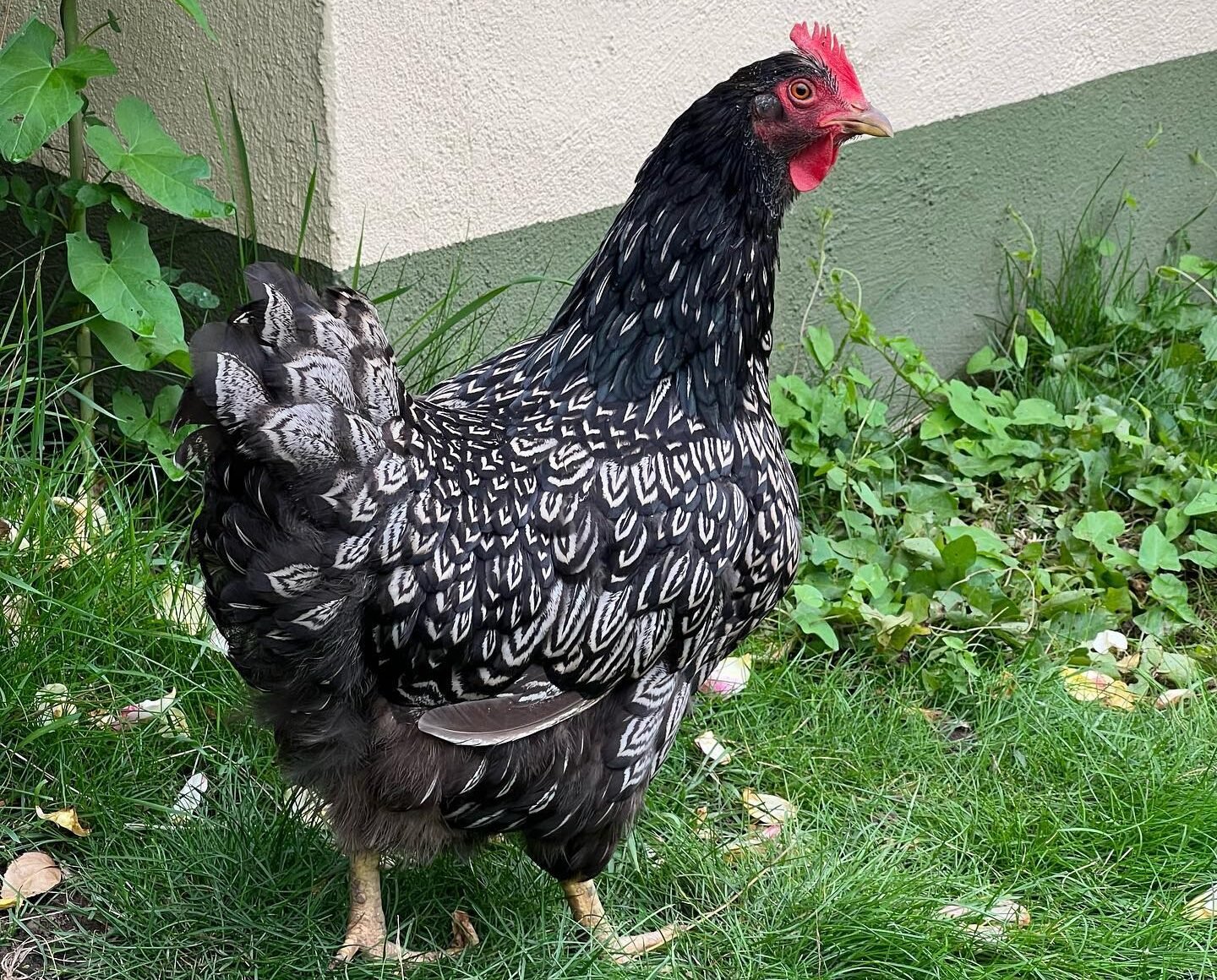
These chickens come in various colors, such as double-laced brown, double-laced blue, white, and black.
Mostly, their plumage is known for its double-laced feathers and beautiful green, violet, and bronze sheen.
Besides, Barnevelders have upright stance, and short wings, which cannot let them fly.
They are docile and friendly, make good layers, and are excellent for raising chicks.175–200 brown eggs per year are their maximum yield.
Keepers need to raise Barnevelders for 8 months to get them laid first egg. I like them to continue laying eggs throughout winter.
Egg Color: Dark brown with speckles
Egg Production: 175- 200 eggs per year
Temperament: Calm, friendly, and good for small farms
Best For: Mixed flocks, low-maintenance farms
15. Penedesenca
Penedesenca are prized for around 150 dark brown eggs.
They are small to standard birds weighing 4.5 – 6.6 lbs in crele, black, partridge, and wheaten color.
Males are long, while females are more round. Chickens also highlight white cores outlined in red, red wattles, and red earlobes.
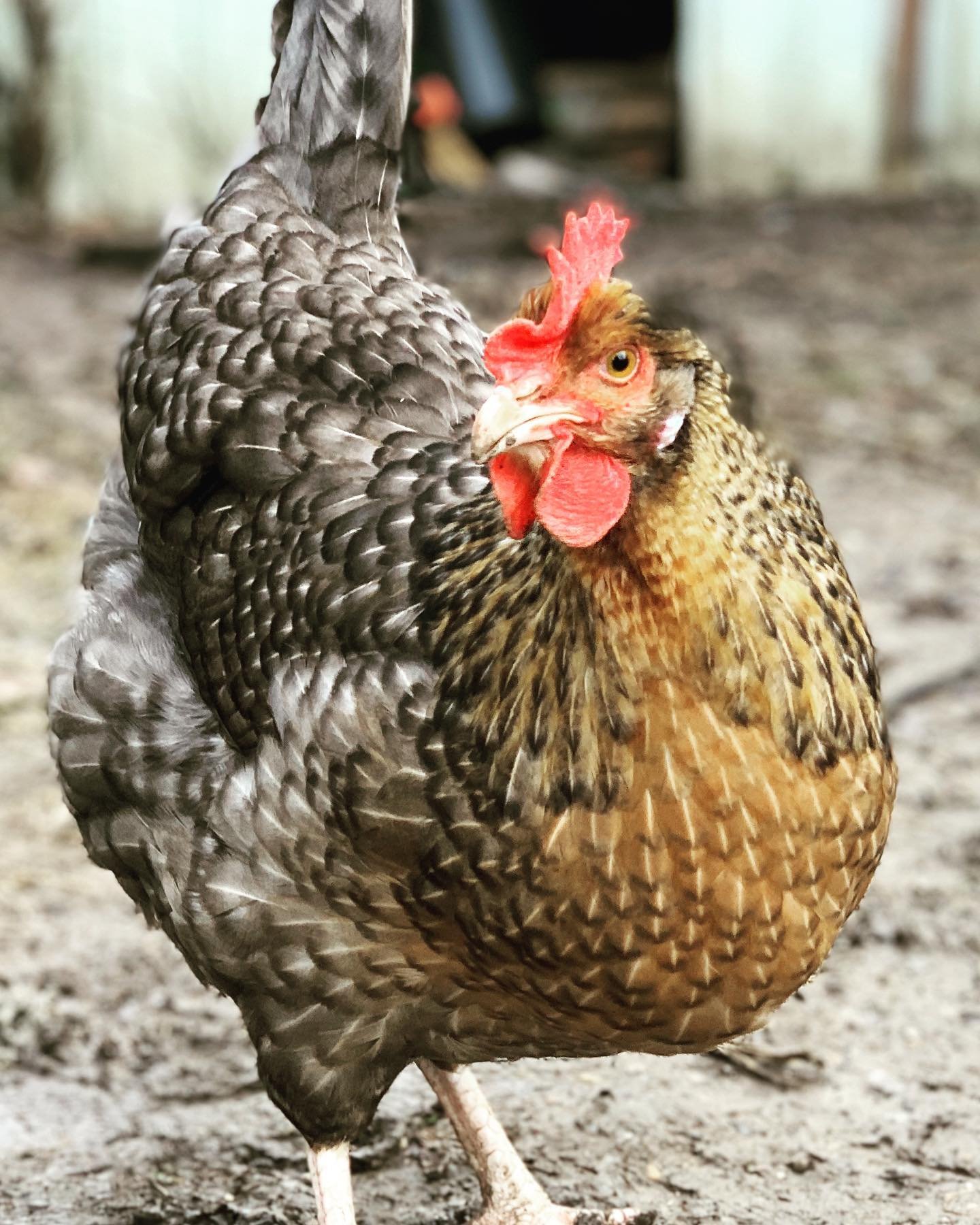
These are frisky, pretty chickens and make free-ranging birds. Also, they are easy to handle in hot climates.
But Penedesenca are flighty chickens and don’t do well with human contact. Many raise these birds to hold and cuddle.
Egg Color: Dark reddish-brown
Egg Production: 150-180 eggs per year
Temperament: Independent, active, and best in free-range settings
Best For: Hot climates, predator-aware homesteads
16. Quechua Chicken
Quechua chickens are calm, quiet, and intelligent birds. Also, their friendliness and curious nature make good bonds with kids.
The popular Quechua are black chickens with dark plumage and a rich violet sheen under the sunlight.
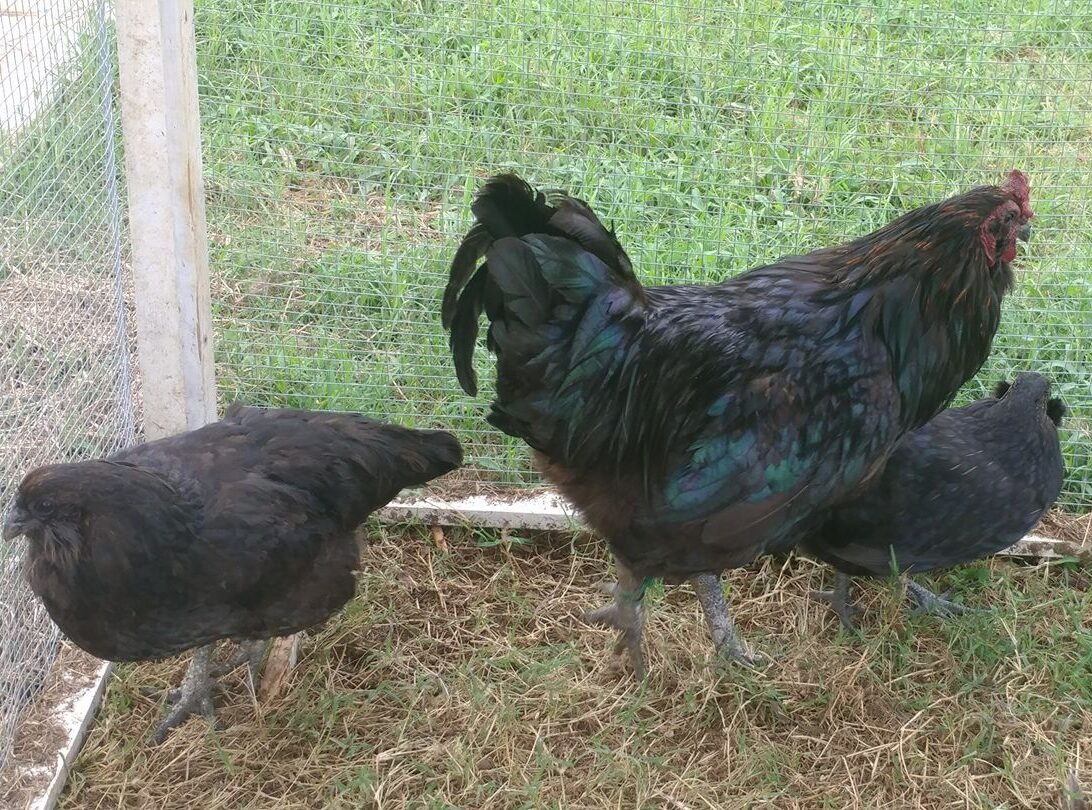
Others may have brown or red spots on their necks.
Chickens have yellow legs with a long fifth toe.
Anyway, Quechua are bantam-sized chickens that are both tailed or rumpless. They have abrupt, elevated-pitched syllable crows, which can disturb the neighborhood if the coop is near.
They lay deep reddish-brown eggs that can be speckled.
You can expect them to lay around 18-24 weeks.
Egg Color: Pink or blue-green
Egg Production: 180-220 eggs per year
Temperament: Curious, active, and thrives in warm climates
Best For: Sustainable farms, exotic egg variety
17. Croad Langshan
This is a rare breed that originated from north China.
Croad Langshans are available in black, white, and blue coloring. They have broad and deep and long breasts with a well-rounded build and old, heavy, soft, or fluffy feathers.
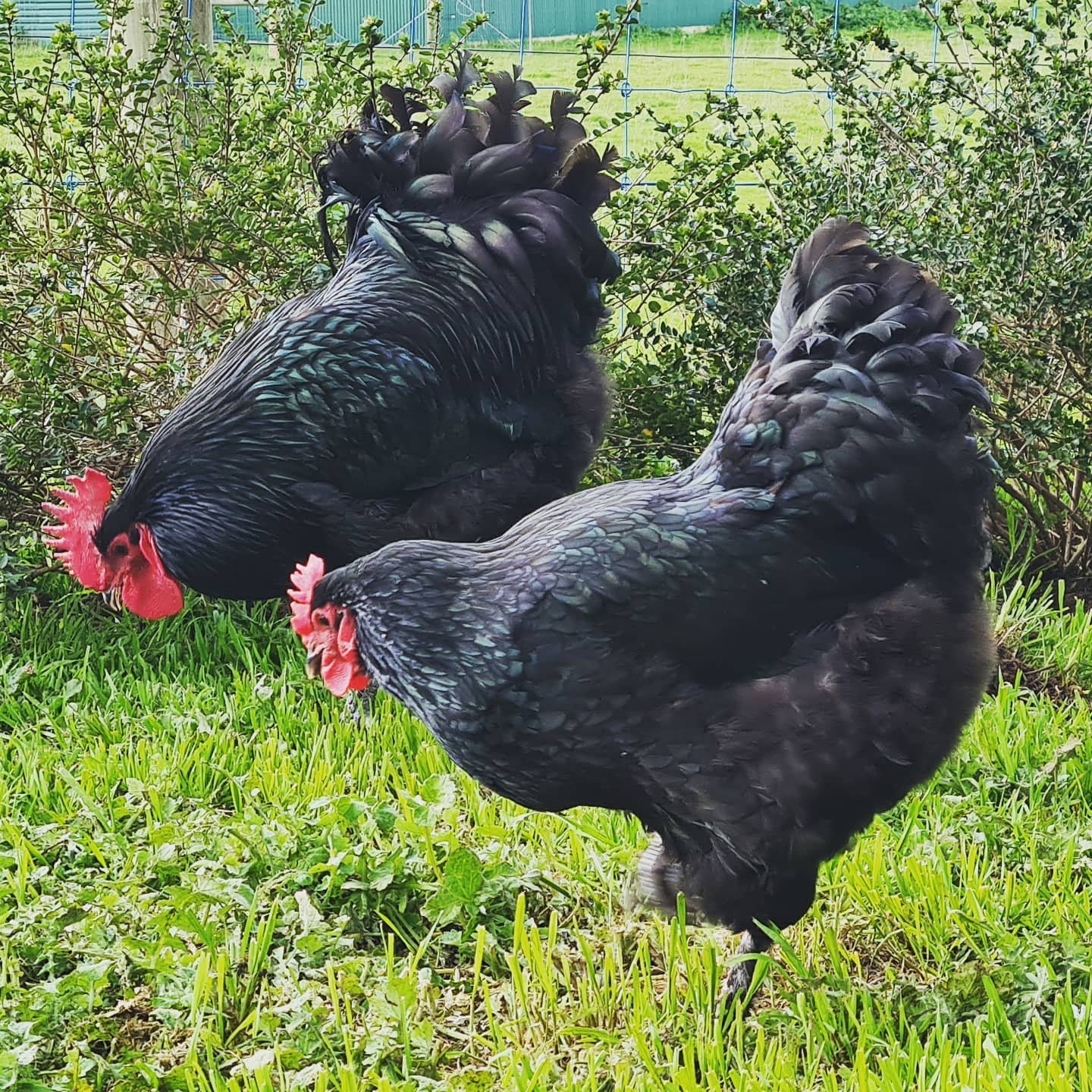
These chickens own U-shaped bodies with an upright head and bodies carried well forward and tails rising from the back.
They also display single red comb, wattles, and earlobes.
Croad Langshans are large slow-growing birds weighing 9.5 lbs for males and females 7.5 lbs. They are friendly and gentle and make excellent sitters and mothers.
Surprisingly, they are kept in both cage in free range.
Hens take 6-7 months to lay large brownish or buff eggs. Their laying can range from 150 to 180 large brown eggs per year.
Egg Color: Plum-tinted brown to pinkish
Egg Production: 150-180 eggs per year
Temperament: Gentle, docile, and great for beginners
Best For: Cold climates, small homesteads
18. Wyandotte
Wyandottes are widely available chickens that are white, buff, silver-laced, gold-laced, black, partridge, Columbian, and silver penciled.
They have medium-length, broad bodies with deep, full, and rounded breasts.
The broad head comes with rose comb. Their legs are clean and yellow, and their feathers are tightly feathered.
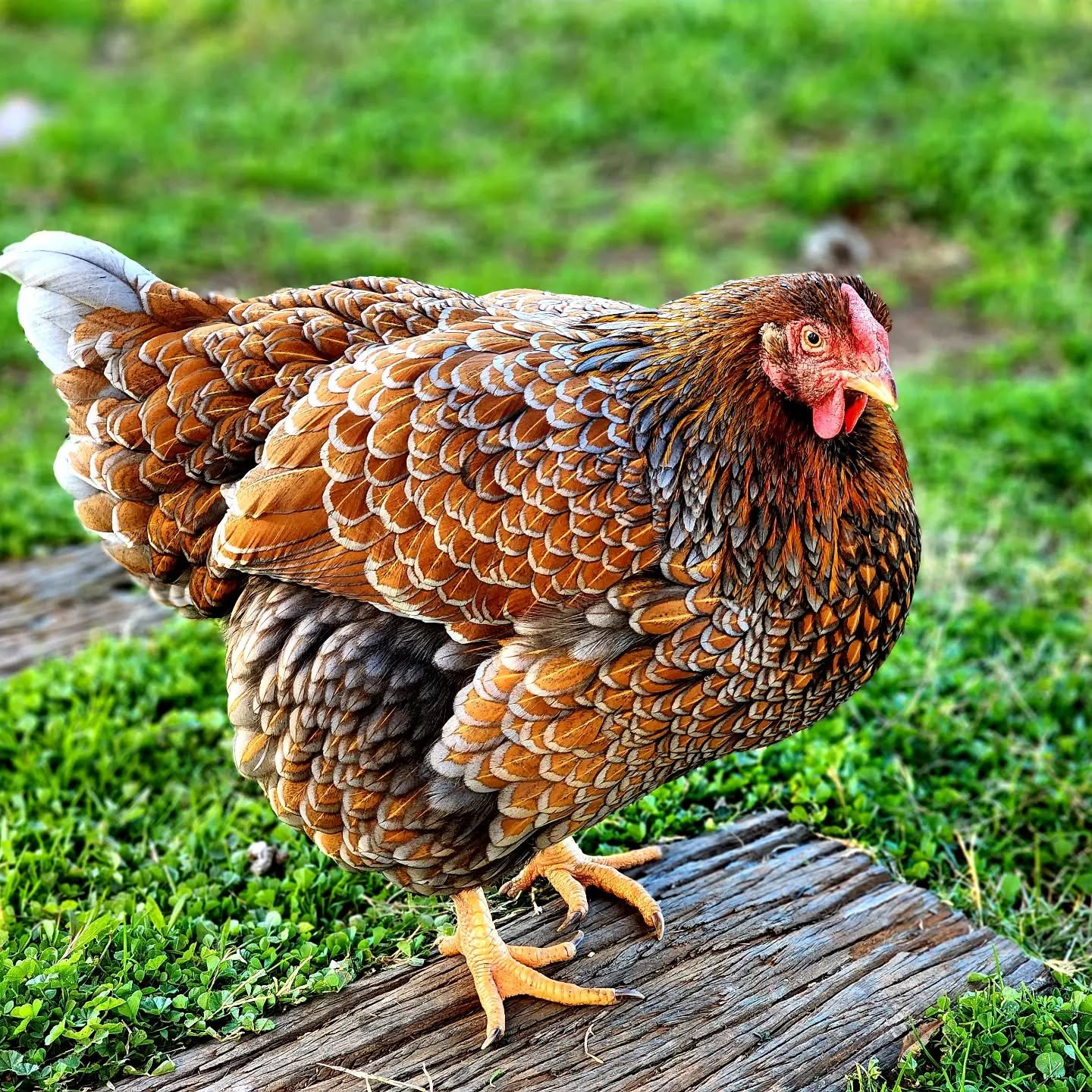
These are dual-purpose chickens that weigh 6 to 9 lbs, which is a good mass for a meat breed. They are also kept for yellow-skinned meat.
Hens lay roughly 200 large-sized, cream to brown-colored eggs per year, averaging 4 eggs per week.
They start giving eggs between 6 and 8 months.
This friendly and calm breed makes cold-hardy, nonflighty, and good mothers.
Egg Color: Light brown to cream
Egg Production: 200+ eggs per year
Temperament: Hardy, calm, and easy to handle
Best For: All climates, backyard flocks, high egg production
19. Ice Cream Bar Chicken
This is a hybrid of Cream Legbars and Isbars.
These chickens are friendly and curious and make great additions to backyard flocks. They are active foragers, so you can place them in the free-range system.
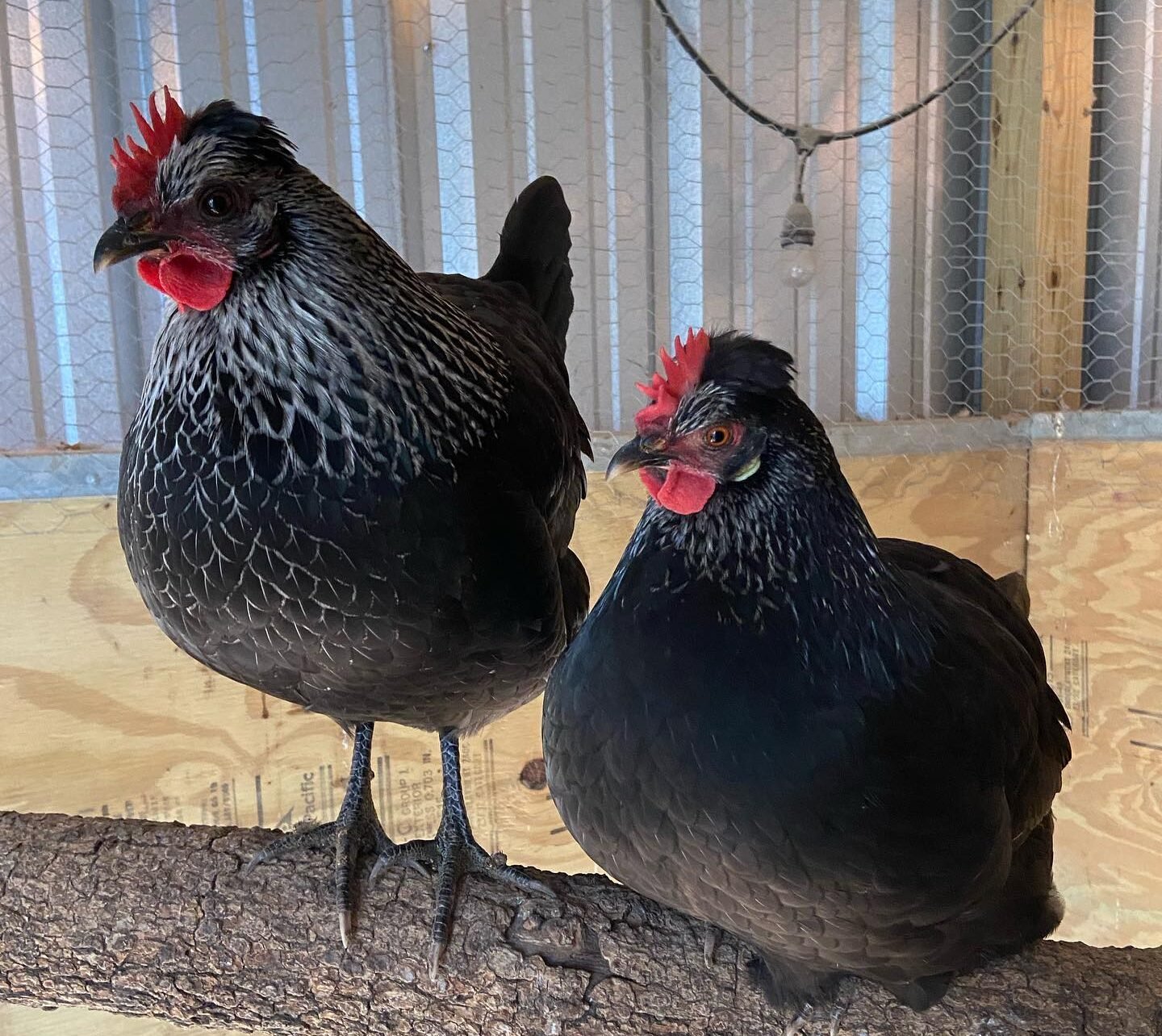
Their eggs are pastel-colored in shades that range from light blue to green.
You can expect Ice Cream Bars to lay 200+ green eggs a year.
Egg Color: Bright blue-green
Egg Production: 240 eggs per year
Temperament: Calm, social, and easy to manage
Best For: Mixed flocks, small homesteads
20. Bluebell
Bluebell Chickens, also known as Beechwood Blue Chickens, are large, docile, gentle, and social birds.
They are also a hybrid of Rhode Island Red Cockerel and a Blue Maran hen.
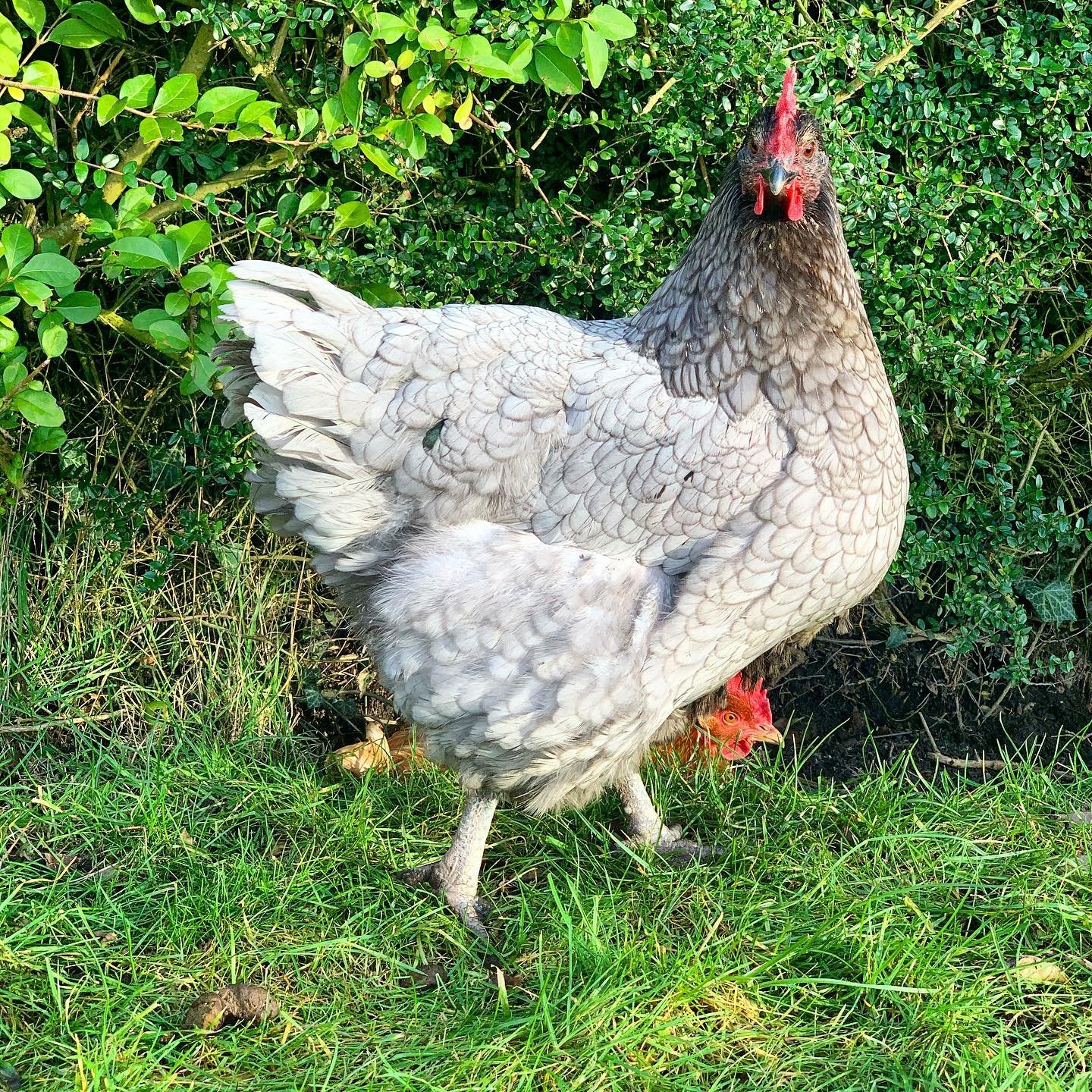
Chickens have dark blackheads, and their plumage is smoky or ash colored, giving unusual blue-grey feathers. So, they look like Copper Blue Maran.
Hens lay around 240 large eggs.
Egg Color: Large, light brown
Egg Production: 200-250 eggs per year
Temperament: Friendly, hardy, and adaptable
Best For: Beginner keepers, free-range, and backyard settings
Final Thoughts
I have collected popular chicken breeds that lay colored eggs. Ameraucana, Araucana, and Easter Egger are the most common chickens for rainbow eggs.
You can keep a breed that is available in your local area, or that suits the environment.



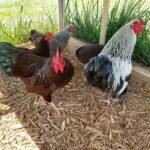
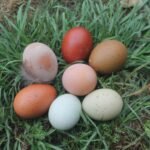
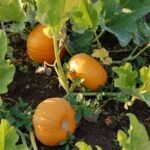
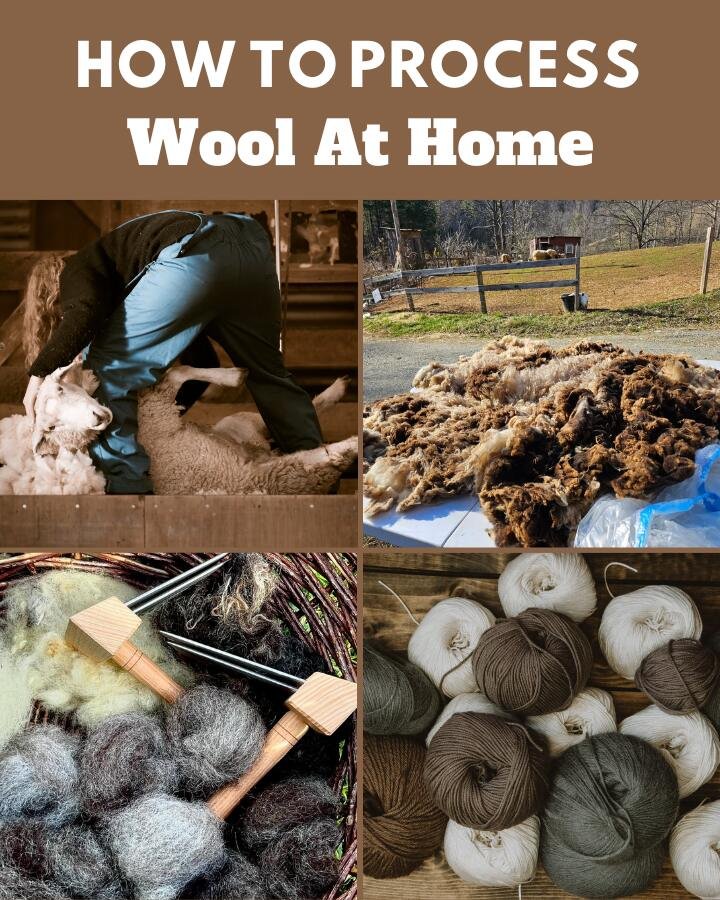
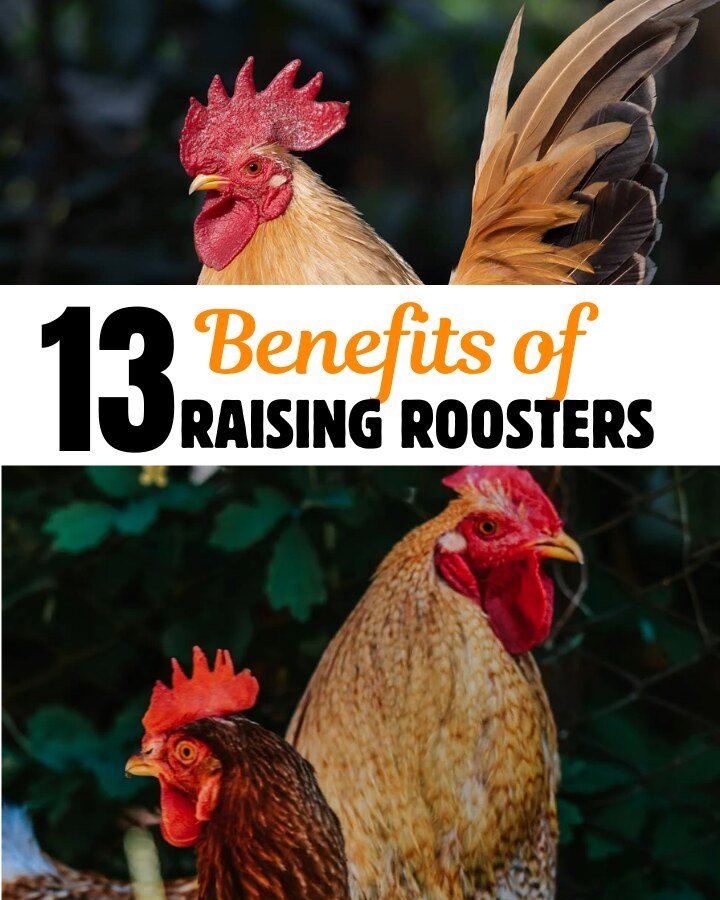


Leave a Reply